Transform How Engineering Firms Operate—With Gridlex
Build and run all your core apps—CRM, Project Management, Time Tracking, CPQ, QA, Portals, and Ticketing—on one AI-powered platform tailored for engineering services. Gridlex helps you automate compliance, eliminate tool sprawl, and capture every dollar of delivery value.
Gridlex Capabilities, Apps & Features for Engineering Services Firms
Gridlex's Unique Solutions for Engineering Services Firms
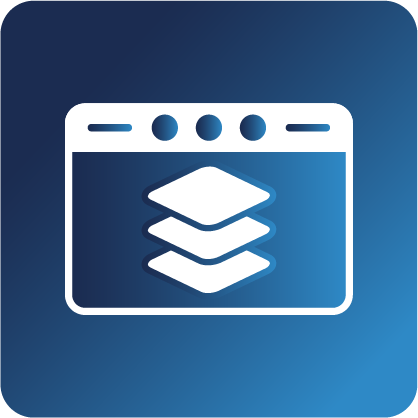
No-Code Ultra-Customizable AI Builder for Engineering Services Firms
The Problem:
Most engineering firms stitch together a patchwork of tools: time tracking in one app, project planning in another, CRM in a third, QA checklists in Excel. The result? Disjointed workflows, duplicated data, and skyrocketing costs. Worst of all, none of these tools “speak engineering”—they don’t understand scopes, QA, or compliance requirements. Field staff lose context. PMs fly blind. Leadership gets delayed insights. And IT teams are stuck managing the mess.
How Gridlex Helps:
Gridlex gives firms one customizable, no-code platform to replace it all. Build your entire suite—from CRM to PM, CPQ, QA, compliance, ticketing, and portals—on a unified, permission-aware system. Configure workflows for RFIs, test logs, drawing approvals, and field tickets without writing a line of code. Use AI to automate time tracking, detect unlogged issues, generate proposals, and flag compliance gaps. Let each discipline operate with tailored dashboards and forms—while maintaining centralized visibility, data integrity, and governance. Cut the software sprawl, eliminate manual chaos, and scale engineering operations with a system that actually understands how you work

Integrated Resource, Position & HRMS Management for Engineering Firms
The Problem:
Engineering firms don't operate on generic job titles—they operate on roles like “Geotechnical Reviewer” or “Site Safety Lead” that have regulatory, QA/QC, and billing implications. Yet traditional HR and time tracking tools only see people. When someone leaves mid-project, the role’s accountability disappears. This results in broken audit trails, rework, and confusion about who did what and when.
How Gridlex Helps:
Gridlex tracks by position, not just person. Whether it’s a rotating Field Engineer on a 3-year utility project or a QA Reviewer replaced mid-phase, Gridlex preserves every time log, task, and approval against the position. That means seamless backfills, better QA continuity, and instant audit readiness. You get analytics by role type, pre-defined templates for repeatable scopes, and rock-solid delegation across multi-disciplinary teams.
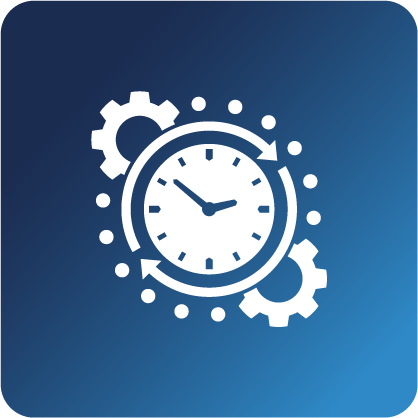
AI-Based Time Log Entry, Audit, and Monitoring
The Problem:
Engineers hate logging time—and it shows. Manual timesheets get filled out late (or never), entries are vague or duplicated, and billable hours slip through the cracks. In compliance-heavy or public-sector work, that’s more than a nuisance—it’s a liability. Worse, delivery teams don’t have time to chase accuracy.
How Gridlex Helps:
Gridlex uses AI to transform how time is logged. Engineers can write emails or notes in natural language—“Reviewed trench safety and met with contractor”—and Gridlex turns it into structured entries linked to projects, tags, and contract phases. It detects anomalies like missed days or repeated entries, flags them, and keeps logs aligned with scopes. It even drafts time entries from field uploads or device reports, making time tracking nearly invisible. The result? Higher accuracy, better billing, and bulletproof audit trails.



External Portals for Submissions & Stakeholder Coordination
The Problem:
Submittals, approvals, utility markups, and client comments often live in a mess of emails, FTP folders, and forwarded PDFs. This creates version confusion, missed deadlines, and poor accountability—especially when multiple firms, reviewers, or municipalities are involved. For large-scale infrastructure and design-build projects, that chaos slows delivery and increases risk.
How Gridlex Helps:
Gridlex lets you spin up project-specific, white-labeled portals where every stakeholder—from city engineers to utility reps—has structured access. Submit 60% plan sets for review. Get comments with timestamps. Assign RFIs to project phases. Every file, markup, and decision is logged, versioned, and traceable. Contractors can upload redlines, municipalities can give feedback in-place, and developers can approve design milestones without email chains. It’s structured coordination that builds trust, accelerates approvals, and captures every decision in one place.
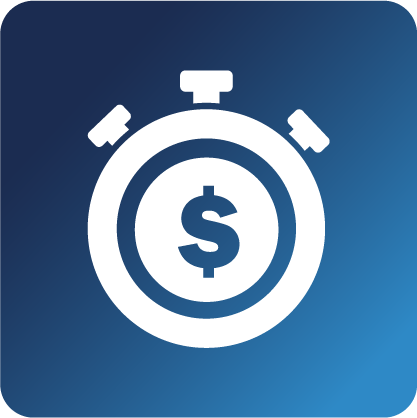
Real-Time Project Financial Visibility Without Full ERP Access
The Problem:
Most engineers and PMs are in the dark about project financials. Why? ERPs are too clunky, permission-restricted, or completely disconnected from day-to-day work. By the time finance surfaces a problem—scope creep, delayed invoicing, blown sub budgets—it’s too late to act.
How Gridlex Helps:
Gridlex brings financial clarity right into the project dashboard. PMs can track budgets, burn rates, subconsultant hours, and milestone billing in real time—without logging into an ERP or waiting on finance. Whether it’s flagging overages in groundwater modeling or missed invoice follow-ups, Gridlex puts margin protection in the hands of the people closest to delivery. It bridges the finance-delivery gap and lets teams make smarter decisions, faster.

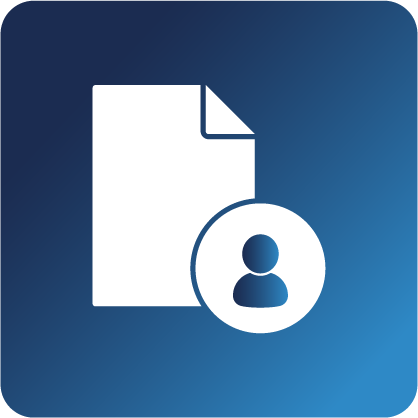

CRM + RFI + RFP + CPQ for Proposals with Phase-Wise Scoping
The Problem:
Engineering proposals aren’t just estimates—they’re detailed, compliance-bound documents that reflect labor categories, QA protocols, agency formats, and scope logic. But most firms still build them from scratch—piecemeal emails, recycled Word files, disjointed CRMs, and spreadsheets. This leads to scope mismatches, missed deadlines, and lost deals.
How Gridlex Helps:
Gridlex unifies CRM, CPQ, and RFP workflows into a single, engineering-aware proposal engine. Pull in approved rates and templates by role, auto-generate fee structures by project phase, and respond to RFIs with traceable precision. It even suggests language and pricing based on similar past wins—cutting cycle time from days to hours. Every proposal is instantly logged in the CRM pipeline with assigned engineers, probabilities, and timelines—giving you total visibility from pursuit to close.

Shared Inboxes and Ticketing for RFIs, Field Issues, and Support
The Problem:
Critical communications—field RFIs, geotech findings, warranty claims—often get lost in personal inboxes or ad hoc trackers. When staff leave or rotate, knowledge disappears. And without a structured system, response times slip, accountability fades, and valuable service work goes unbilled.
How Gridlex Helps:
Gridlex replaces inbox chaos with project-linked ticketing and shared mailboxes. Every contractor question, client issue, or internal QA flag becomes a structured ticket—tied to the project, drawing, or phase. Intelligent routing gets it to the right person, with SLAs and audit trails built in. Even post-project issues (like drainage complaints) are captured in branded portals and routed to original teams, ensuring resolution and preserving institutional memory. Gridlex turns every interaction into billable, accountable service.

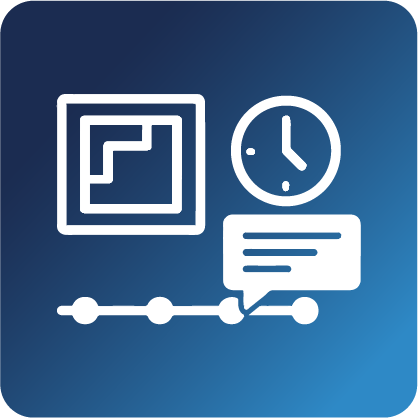

360° Project View: Drawings, Logs, Changes, and Decisions in One Timeline
The Problem:
Projects move fast, and critical data—like drawing revisions, RFIs, site visit notes, and client approvals—ends up scattered across folders, emails, and tools. When issues arise, it’s nearly impossible to recreate what happened, when, and why. That’s a serious risk for delivery, accountability, and billing.
How Gridlex Helps:
Gridlex builds a living, centralized project timeline. Every drawing revision, client comment, site observation, and time log is stitched into a single narrative. PMs can trace how a design change originated, how much effort it consumed, and whether it triggered scope impact. Clients get real-time transparency. Leadership sees cross-project trends. Gridlex transforms chaotic documentation into institutional memory—and better project outcomes.
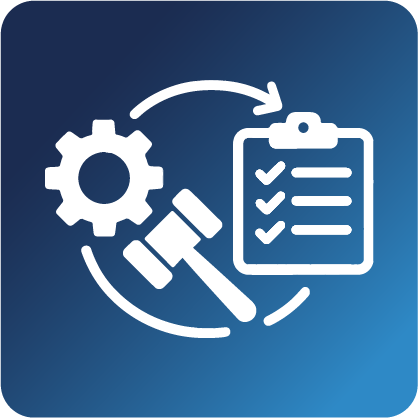
Compliance, Regulatory, and Legal Workflow Automation
The Problem:
Engineering deliverables must comply with ADA, LEED, stormwater codes, NEPA, and more. But tracking these requirements is manual and reactive—buried in PDFs, checklists, or people’s heads. Missing a compliance step can mean rejected submittals, rework, or even legal exposure.
How Gridlex Helps:
Gridlex embeds compliance into the engineering workflow. Its AI scans reports for missing calcs, outdated code references, or non-conforming specs—flagging issues before submission. It creates structured review workflows, logs internal approvals, and tracks evolving code changes across long-term projects. Whether it’s validating a drainage report against NPDES or ensuring life safety standards in an HVAC layout, Gridlex helps you deliver with confidence—and defend your work under scrutiny.

Contract Scope Tracking and Change Order Alerts
The Problem:
Scope creep is silent—and deadly. Engineering teams often deliver extra coordination, iterations, or field changes without realizing they’re out of contract. By the time it’s caught, the work is already done and unbilled. Firms lose revenue, overrun budgets, and can’t prove entitlement during audits or disputes.
How Gridlex Helps:
Gridlex monitors delivery in real time against contract scope. Every time log, task, or design change is auto-checked against the original SOW. If a utility coordination task wasn’t scoped, or if a fee cap is exceeded, Gridlex triggers an alert—prompting a structured change order before it’s too late. Contracts finally become part of day-to-day delivery, not just stored PDFs. With audit-proof trails and proactive alerts, Gridlex turns contractual discipline into a built-in habit.
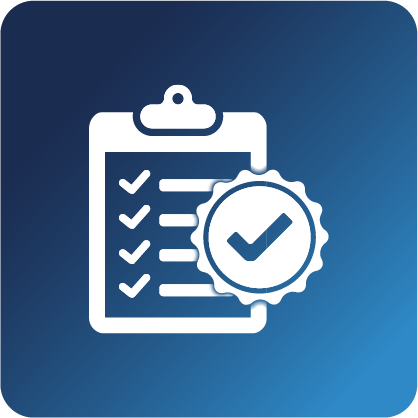
Structured QA/Test Report Management
The Problem:
Field and lab reports are essential to engineering quality—but they’re often buried in emails or lost in unstructured folders. When compliance or client questions come up, it’s a scramble to find valid, timestamped records. Worse, failed tests or retests often go unnoticed.
How Gridlex Helps:
Gridlex treats test reports as structured QA assets. Uploads are parsed and tagged by material, phase, and location. Failed results trigger retest workflows. Reports are linked to drawings and phases, making audit packets instant. Whether it's soil testing, compaction density, or hydrology modeling, Gridlex ensures your data is organized, traceable, and defensible.

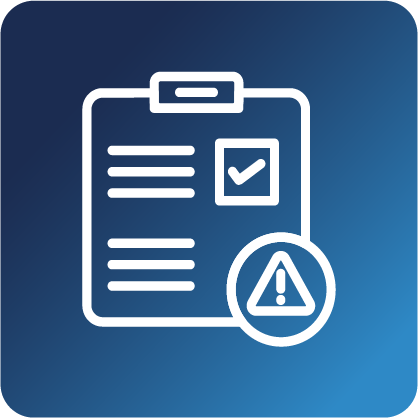

Safety Observation Logs as Structured Compliance Data
The Problem:
Jobsite safety observations—like missing PPE or open trenches—are reported inconsistently, if at all. They’re emailed, noted on paper, or casually mentioned. This lack of structure leads to unaddressed risks, poor trend visibility, and zero institutional accountability.
How Gridlex Helps:
Gridlex transforms safety into a structured, traceable workflow. Observations can be logged via mobile forms or emails, tagged by severity, and routed to the right stakeholders. Dashboards show trends across sites and subs. Issues link to drawings and contractor tasks. It’s not just compliance—it’s a proactive, defensible safety culture that scales.
Equipment Logs and Calibration Tracking
The Problem:
Calibration records for compaction gauges, pH meters, and total stations are often managed in spreadsheets—or not at all. A missed calibration can invalidate a test, jeopardize compliance, and damage client trust.
How Gridlex Helps:
Gridlex embeds equipment tracking into your QA workflows. Each test report links to the tools used and their last calibration. Alerts are sent before expiration, and expired devices are blocked from assignment. During audits, just filter by project or tool and export certificates instantly. From field to final report, Gridlex makes compliance effortless and foolproof.
